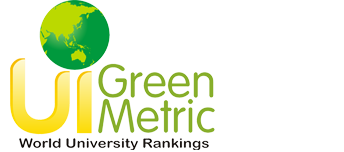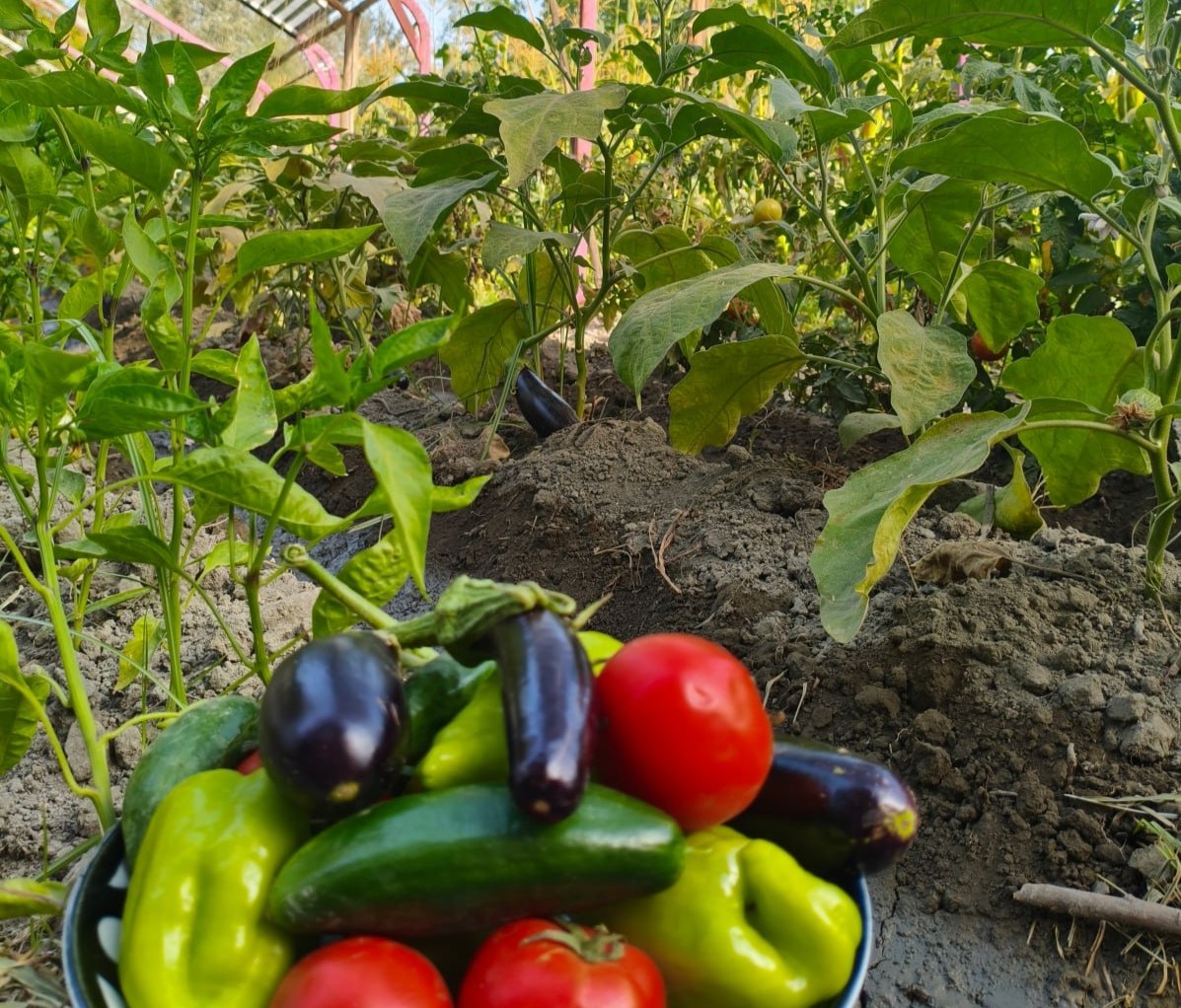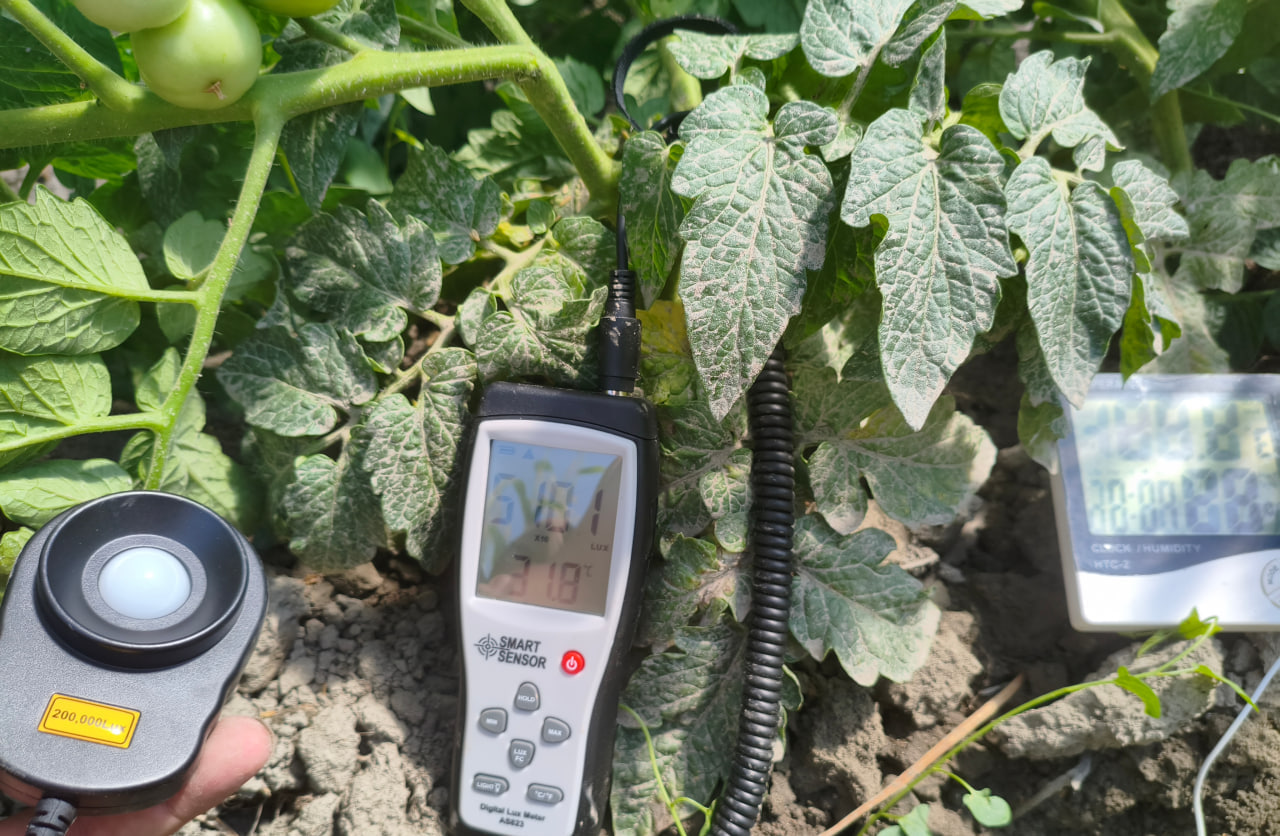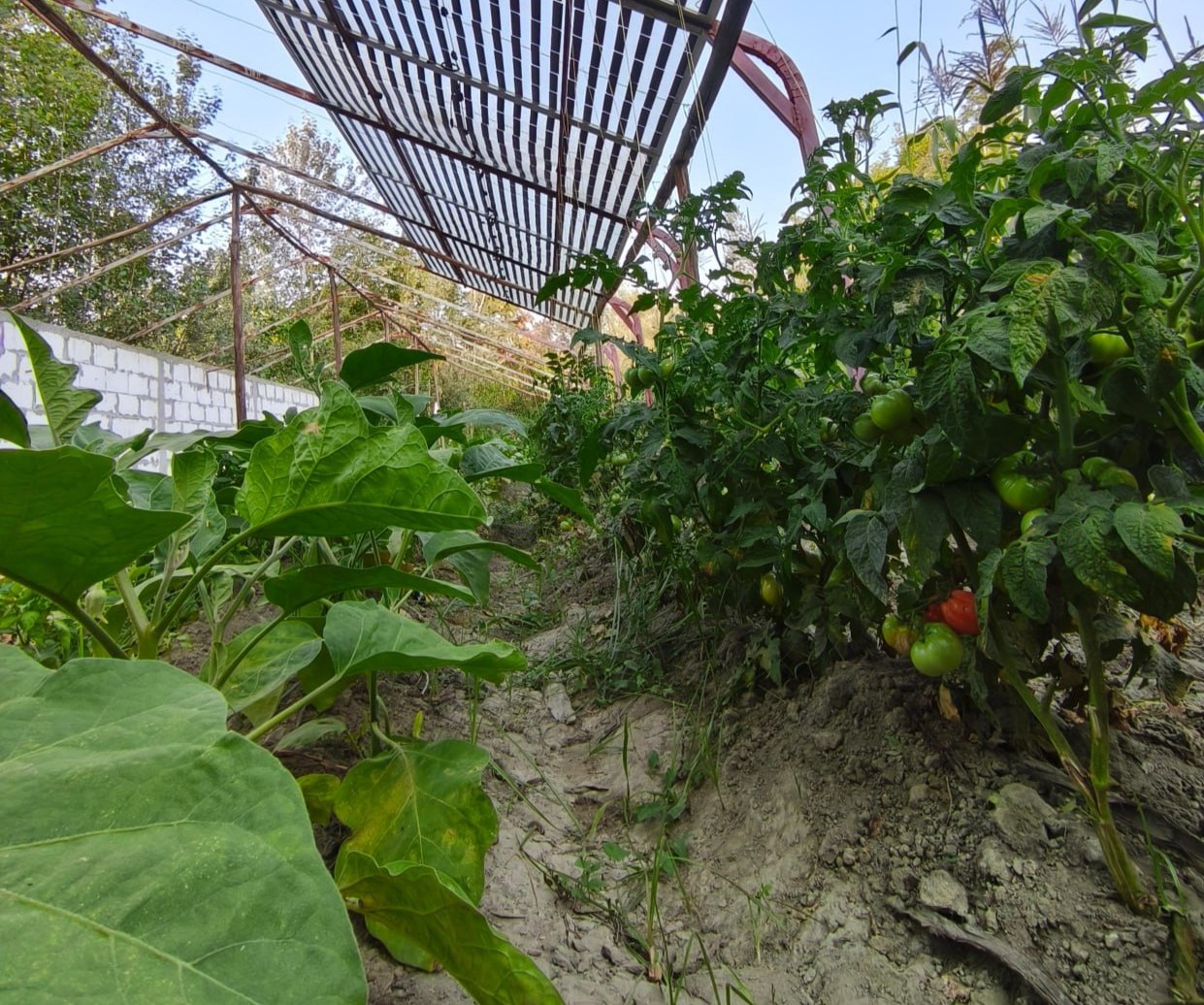



Semi-transparent solar panels created by the Scientific and Practical Center for Research of Alternative Energies under JizPI have been tested in greenhouse conditions and are being put into practice. The panels generate electricity by transmitting the light necessary for photosynthesis, help maintain microclimate stability in greenhouses, and are considered part of integrated water conservation measures. Currently, various vegetable crops have been successfully grown under panels with a total capacity of 4 kW (tomatoes, eggplants, peppers, cucumbers, etc.).
In addition, our institute has begun using agrivoltaic panels in field test sites. The goal is to gradually transform the desert areas of Jizzakh region into gardens, increase water and energy efficiency in agriculture, and increase productivity. The agrivoltaic solution allows the use of land resources for two purposes at the same time - electricity generation and crop cultivation.
Work is underway on a new project. Our team is conducting mathematical modeling and field testing to compare vertical East–West (E–W) bifacial and South-facing stationary panels in the climatic conditions of Uzbekistan. Initial results show that the E–W bifacial configuration is better suited to greenhouse and domestic/delivery loads with a morning-evening double-peak production profile; this configuration is considered a promising solution for BIPV (facade), fences and greenhouses. In the implementation phase, work is underway to integrate into facade and greenhouse frames, optimize row spacing and effectively use the albedo effect.

